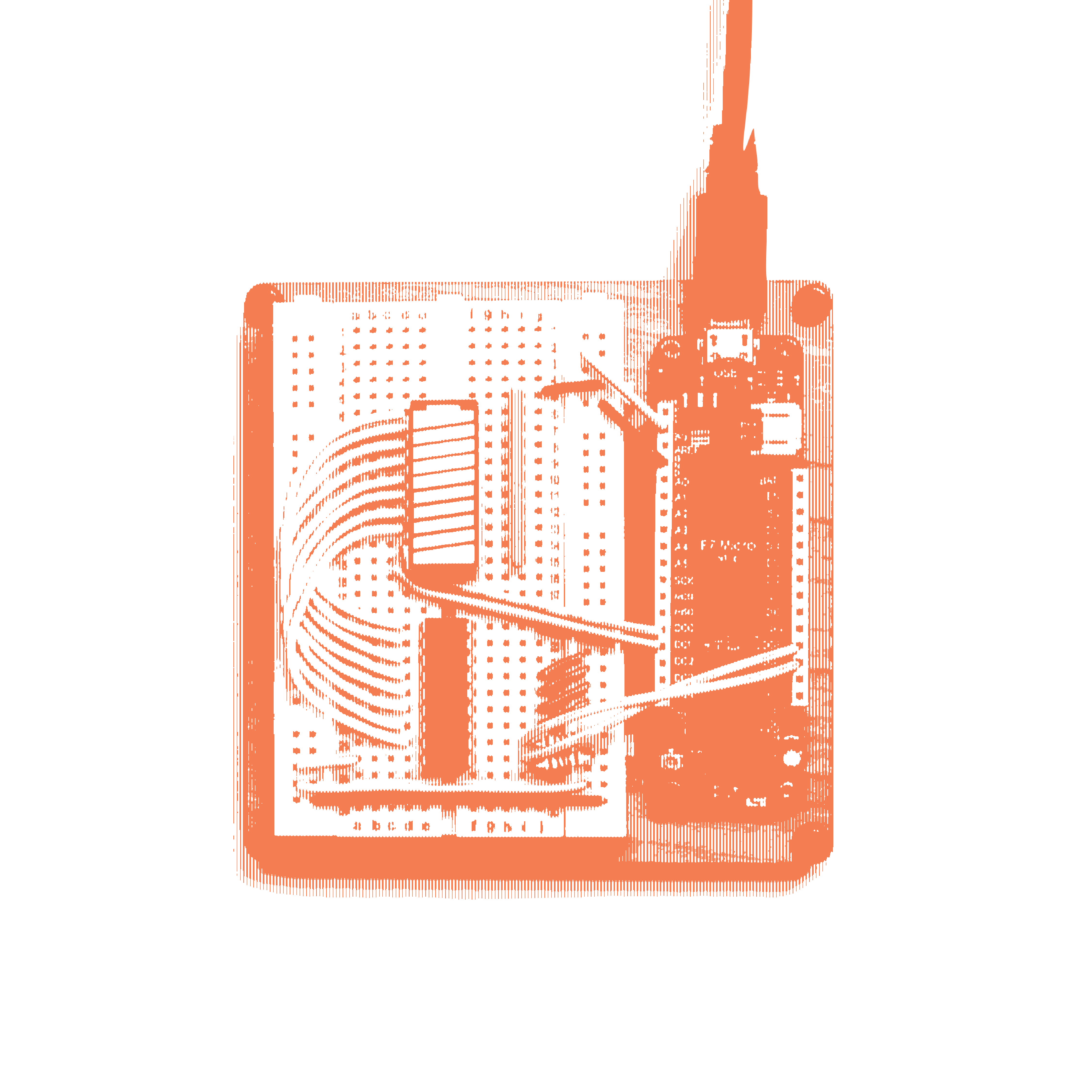
At first glance, the slums of Montevideo, Uruguay, look like the favelas of Brazil or the South African townships: close-huddled shacks made of corrugated aluminum with garbage bags for curtains, runnels of mud for roads. But then something unusual: little kids tottering around carrying green-and-white laptops with little handles like lunch boxes.
Remember the 2005 pitch by technology visionary Nicholas Negroponte for $100 laptops for all children? Aimed at self-empowered learning? Fell flat most places, but not in Uruguay, thanks in no small part to the efforts of a peripatetic Uruguayan philanthropist named Miguel Brechner. Brechner believes in technology. He opened the first Apple store in Uruguay, in 1991 ("Imagine!" he told OZY. "At the time, I lost a lot of money!"), and, when we recently sat for coffee in an old-fashioned downtown Montevideo café, he interrupted me occasionally to talk into a futuristic Bluetooth device attached to his wrist.
Brechner combines astonishing energy — aside from his businesses, he flies around the world to run marathons and takes professional-quality photographs as a hobby — with a social conscience. At 61, he's grizzled, with startling salt-and-pepper eyebrows feathering out over deep-set eyes, wearing a baggy sweatshirt as he slumps in his chair. At the time Negroponte proposed his One Laptop Per Child dream, Uruguay was just emerging from a banking crisis with dramatically increased inequality. Uruguayans didn't like that.
Brechner realized his beloved technology could drive a wedge between classes. As more jobs became remote and automated, the poor would be left out. He read online about Negroponte's idea. In a flash of inspiration, he decided Uruguay — which had just elected a left-wing president — would be the perfect, small society to try it out. "It was a crazy idea," he said. "But when I went to [the president] … it took me 15 minutes to convince him."
Why crazy? The country had to source and distribute nearly 300,000 computers in two years. The operating cost, including repairs to computers, worked out to $100 a year, as Negroponte dreamed. But then came complications. The laptops could only be distributed to children with national ID cards, which many in poor, rural communities lacked. Integrating the computers into the existing school curriculum was another. And positive results have been hard to pin down.
Michael Trucano, a World Bank specialist on technology and education, wrote recently that "this impulse to buy lots of shiny new devices and distribute them to schools … shows no sign of abating soon," with Kenya, Turkey, Portugal and parts of the U.S. rolling out their own educational-device-for-children projects. But laptops, so far, haven't had a measurable impact on learning. In Uruguay, the program hasn't lifted test scores; they've been declining. A randomized trial in Peru, which distributed laptops only to a portion of its youth populace, showed some cognitive benefits, but not to math and language skills. As Trucano asked me by email: "If you buy lots of laptops" — often at great cost — "and there is 'no impact on learning,' as some studies around the world have found, what are the implications?"
With a wince, Brechner acknowledged the challenge. The Uruguayan government discovered after the rollout the need to integrate the devices and the curricula. An external study Brechner commissioned found that while in 2009 nearly 50 percent of students used their laptop every day, by 2012 that number had declined to less than 5 percent. Teachers had left laptops out of their teaching plans, and they would have to radically change the way they taught. They would have to change from "Wikipedia instructors, just giving out information," to "activators," who would guide the student along a self-propelled learning path.
For Brechner, the fact that Uruguay's confronting the challenge is positive. "The big problem in the world is that technology and pedagogy have not been talking to each other," he said. Uruguay's OLPC program, named Plan Ceibal after a distinctive Uruguayan tree, is popular in Uruguay, where it's hard to find critics. One high school principal-turned-politician named Graciela Bianchi faulted the government's failure to consult democratic bodies before the rollout, and she asked me rhetorically: How do you "give a computer to a child … when that child is not yet learning the basics of the Spanish language and reasoning?"
For Brechner, the wider, qualitative social impact is important. "You have hundreds and thousands" of positive anecdotes, he told me. From the worker in the field who could track online the weight of a cow that's been sold to verify he was paid correctly, to parents who started to export mushrooms because they learned on the Internet how to produce them.
Trucano, too, sees benefits. "The fact that a poor girl in a remote farming village carries around the same laptop as a girl in an upscale part of Montevideo has important symbolic value for many Uruguayans," he said.




